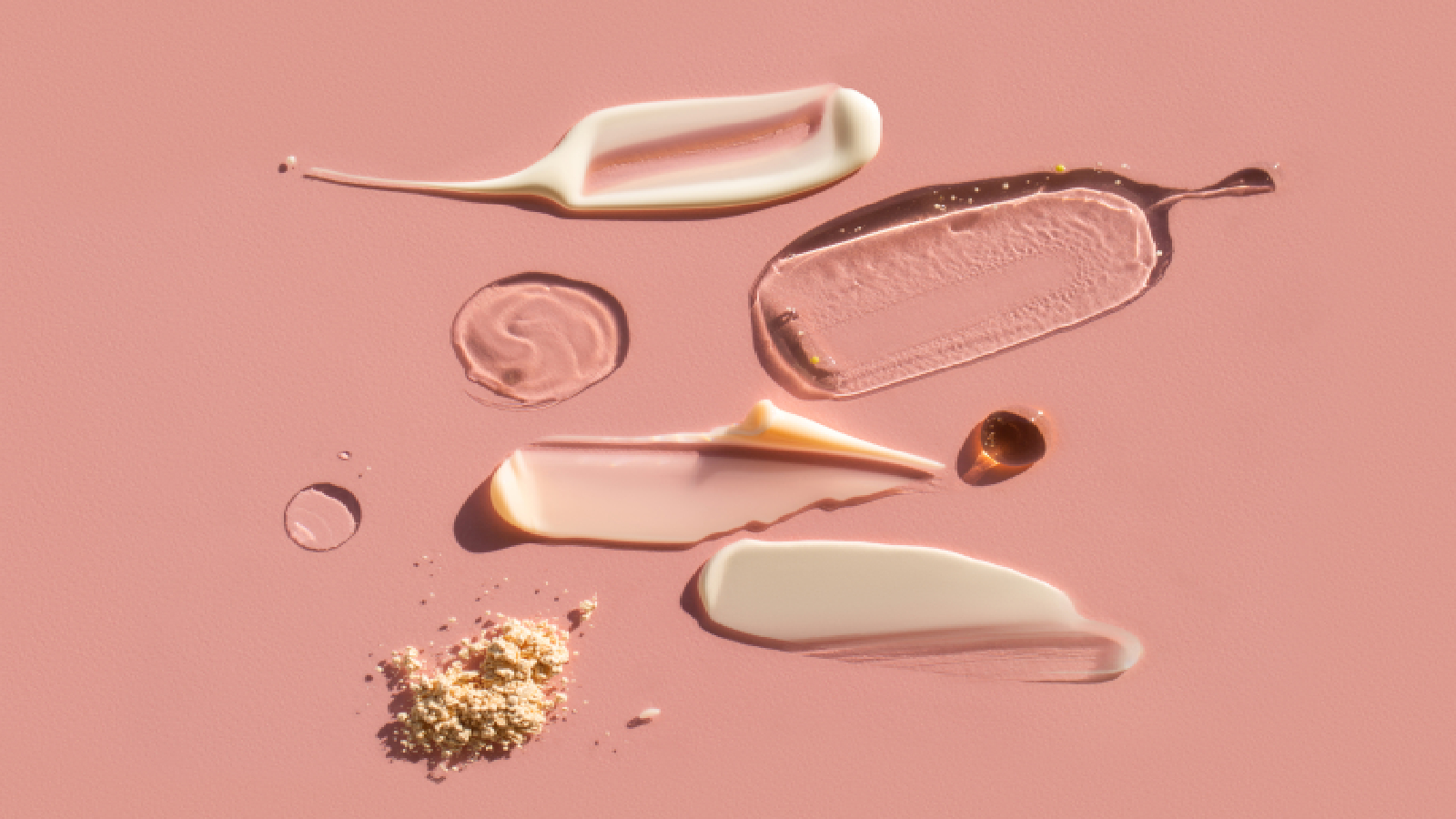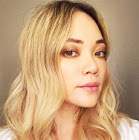What is phenoxyethanol and how does it work?
You may have seen phenoxyethanol listed in the ingredients in your cosmetics—here's what it is and why it's used


Phenoxyethanol might have a scary-sounding name, but it's very commonly found in cosmetics and personal care products, where it is used as a preservative.
The ingredient has more names than phenoxyethanol though—you may see it listed as ethylene glycol monophenyl ether, 2-phenoxyethanol, PhE, dowanol, aerosol, pheonxetol, rose ether, phenoxyethanol alcohol, or beta-hydroxyethyl phenyl ether. It is also an ingredient in euxyl K® 400. All of which sound highly technical and at the same time give very little away.
The preservative is most often found in perfume, foundation, blush, lipstick, and hand sanitizer, as well as some soaps. It might also be found in eye makeup.
What does this tell us? Well, clearly phenoxyethanol is a very common ingredient and one that's likely to be a big part of your skincare routine, without you really realizing it. But if it's so common, and it's just a preservative, why are we focusing on it? Well, there has been a lot of talk about its safety lately, with a variety of concerns being expressed about the ingredient—including the normal scaremongering about cancer or reproductive toxicity.
With this in mind, we take a closer look at phenoxyethanol's known benefits and side effects, so you have the information to make a more educated choice about your cosmetics, or ask more questions of the experts at the beauty counter.
The benefits of phenoxyethanol
Phenoxyethanol is primarily used as a preservative and stabilizer. This means that it is used to:
- Reduce bacterial growth in cosmetics, and thus lower your risk of getting an infection
- Reduce the growth of fungi and yeast in products, which can cause them to spoil
- Extend the life of products and keep them from deteriorating or becoming less effective too quickly
- Prevent your products from discoloration or unpleasant odors
- Stabilize other chemicals in soap and, again, extend shelf life
However, beyond its preservative properties, phenoxyethanol is also sometimes used in products to treat acne, with some studies showing that it can reduce the number of pimples.
Sign up for the woman&home newsletter
Sign up to our free daily email for the latest royal and entertainment news, interesting opinion, expert advice on styling and beauty trends, and no-nonsense guides to the health and wellness questions you want answered.
For the most part, however, while it can protect your skin from problems that might be caused by bacteria or fungal growth in cosmetics and skincare products, phenoxyethanol has no direct benefit to your skin and skin health.
Ultimately, some kind of preservative is vital to ensure that your cosmetics and products do not spoil or transmit infection, and phenoxyethanol is a safe option for most people. In comparison with parabens and formaldehyde-releasing preservatives, both of which have demonstrable risks, it's certainly a safer option.
Phenoxyethanol—the potential side effects
Phenoxyethanol is considered a safe part of your skincare routine at concentrations of 1% or less. However, there are reported instances of skin reactions including irritation, rashes, eczema, and hives.
In rare cases, the preservative might cause more serious allergies; anaphylaxis is known, but very rare. Given the rarity of these reactions, it is considered that they are caused by allergies, rather than a general tendency for phenoxyethanol to irritate the skin. If you have had an allergic reaction to phenoxyethanol, you should avoid products containing it.
Make sure not to layer too many products containing phenoxyethanol at one time, as that can cause skin irritation.
For the vast majority of users, there should be no reactions or other problems with phenoxyethanol. If you do react, it is best to avoid the ingredient in the future and talk to your doctor about an allergy test to be sure it is phenoxyethanol you are reacting to and not some other ingredient in your products.
When to use phenoxyethanol—and when not to
We've said it once, but we'll say it again: products containing phenoxyethanol are safe for the vast majority of adults, regardless of skin type. As it is a preservative, not an "active" ingredient, the only people who should avoid it are those who have experienced an allergic reaction to phenoxyethanol in the past. There is no known pattern of allergic reactions to phenoxyethanol.
However, there is some evidence that exposure can cause neurological problems in infants. You should, therefore, not use products containing phenoxyethanol on children under three years old.
Additionally, it is widely advised to avoid using nipple creams (and similar products) containing the preservative. This due to an incident occurring in 2008, a nipple cream containing the preservative was recalled after it caused respiratory distress, vomiting, and diarrhea in some infants.
Because of this, it's also recommended that pregnant women avoid using products containing phenoxyethanol, although there is no proven risk to the fetus. It's best, however, to be wary of the potential risk, and as it is primarily found in cosmetics, adjusting your skincare routine to avoid it should not be difficult.
Finally, rabbits and rats used in experiments showed skin irritation even at relatively low levels, so be careful to keep these products away from pocket pets, just in case.
How to use and apply phenoxyethanol
Many of the cosmetics and perfumes in your skincare routine are likely to contain phenoxyethanol. Once your skincare routine does not contain too many products containing it, you shouldn't have to worry about using it (excepting the circumstances listed above).
We'd actually recommend when looking for eye makeup to choose one that contains some kind of preservative like phenoxyethanol. Its specific value here is that it reduces bacterial growth and, as eye infections from makeup are fairly common, can be unpleasant, and are potentially hard to treat, it reduces the likelihood of this occurring in the first place.
A lifelong creative writer and beautyphile, Eunice Lucero-Lee graduated from De La Salle University in 2002 and was hired a year later to front all beauty coverage for Pink Magazine. A beauty, astrology, and pop culture obsessive and insider for over 18 years, Eunice is an internationally published editor (and now certified astrologer) whose work has been featured in publications such as Cosmopolitan, Esquire, and The Numinous, among many others.